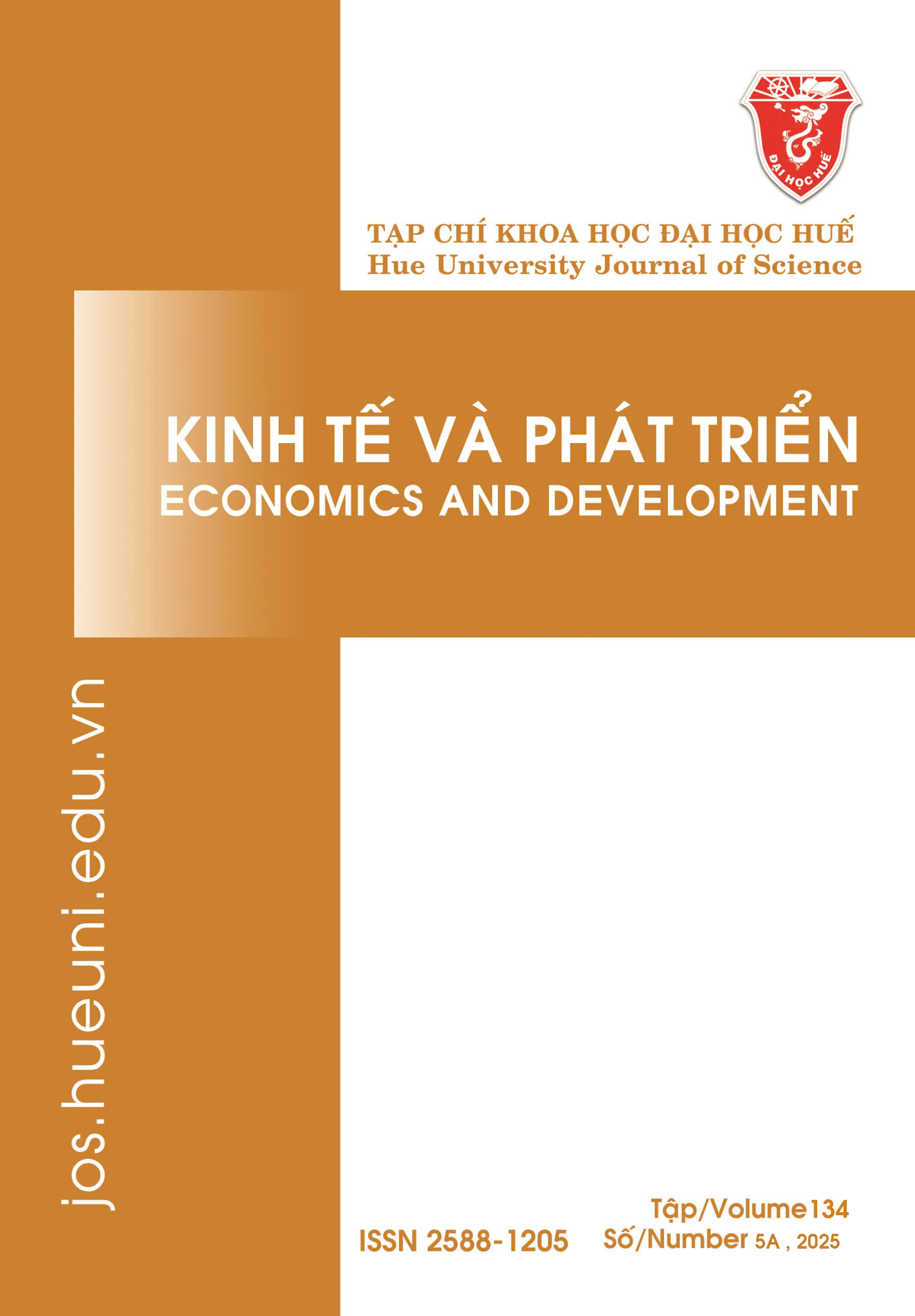Abstract
This article focuses on analyzing the links between actors in the value chain of ceramic products for tourism at the ancient Phuoc Tich village. To achieve this objective, the article applies a value chain approach in tourism based on the supply chain logic. From this, the article identifies five main stages in the value chain of ceramic products in Phuoc Tich village. Specifically, the article focuses on the ceramic craft activities that serve tourism services, the article analyzes the horizontal and vertical connections between the actors in this value chain. Overall, the links within the value chain of the ceramic craft products at Phuoc Tich are still loose and lack systematization. Finally, the article proposes several solutions to promote the linkage among actors, thereby upgrading the value chain of ceramic products for tourism in the ancient Phuoc Tich village.
References
- Bộ công thương (2022), Tập trung cơ chế chính sách theo chuỗi giá trị phát triển ngành nghề kinh tế nông thôn, Truy cập tại: http://khuyencongonline.gov.vn/tin-tuc/tap-trung-co-che-chinh-sach-theo-chuoi-gia-tri-phat-trien-nganh-nghe-kinh-te-nong-thon-adf4ac84_635/.
- Đặng, Tấn Cường (2021), Phát triển du lịch dựa vào cộng đồng ở làng cổ Phước Tích, Thừa Thiên Huế (Doctoral dissertation, Trường Đại học Sư Phạm–Đại Học Đà Nẵng).
- Hawkins, D., Nikolava, M. (2005), Knowledge applications for competitive destinations: A visitor experience value chain approach, XVI General Assembly of the World Tourism Organization, Senegal.
- Porter, Michael E. (1985), Competitive Advantage, Ch. 1, 11–15, The Free Press, New York.
- Raphael Kaplinsky and Mike Morris (2001), A Handbook for Value Chain Research, United Kingdom, Institute of Development Studies, University of Sussex.
- Anne-Mette Hjalager, Kaarina Tervo-Kankare & Anja Tuohino (2016), Tourism value chains revisited and applied to rural well-being tourism, Tourism Planning & Development, 13(4), 1–17, DOI: 10.1080/21568316.2015.1133449.
- Anttiroiko, Ari-Veikko (2015), Castells’ network concept and its connections to social, economic and political network analyses, Journal of Social Structure, 16(1), 1–18. https://doi.org/10.21307/joss-2019-021.
- Ngô Thanh, L., & Lê, N. (2021), Value chain approach to develop craft village tourism – case study of Que Son cassava noodle, Quang Nam province, VNUHCM Journal of Social Sciences and Humanities, 5(4), 1214–1222. https://doi.org/https://doi.org/10.32508/stdjssh.v5i4.655.

This work is licensed under a Creative Commons Attribution-ShareAlike 4.0 International License.
Copyright (c) 2025 Array
